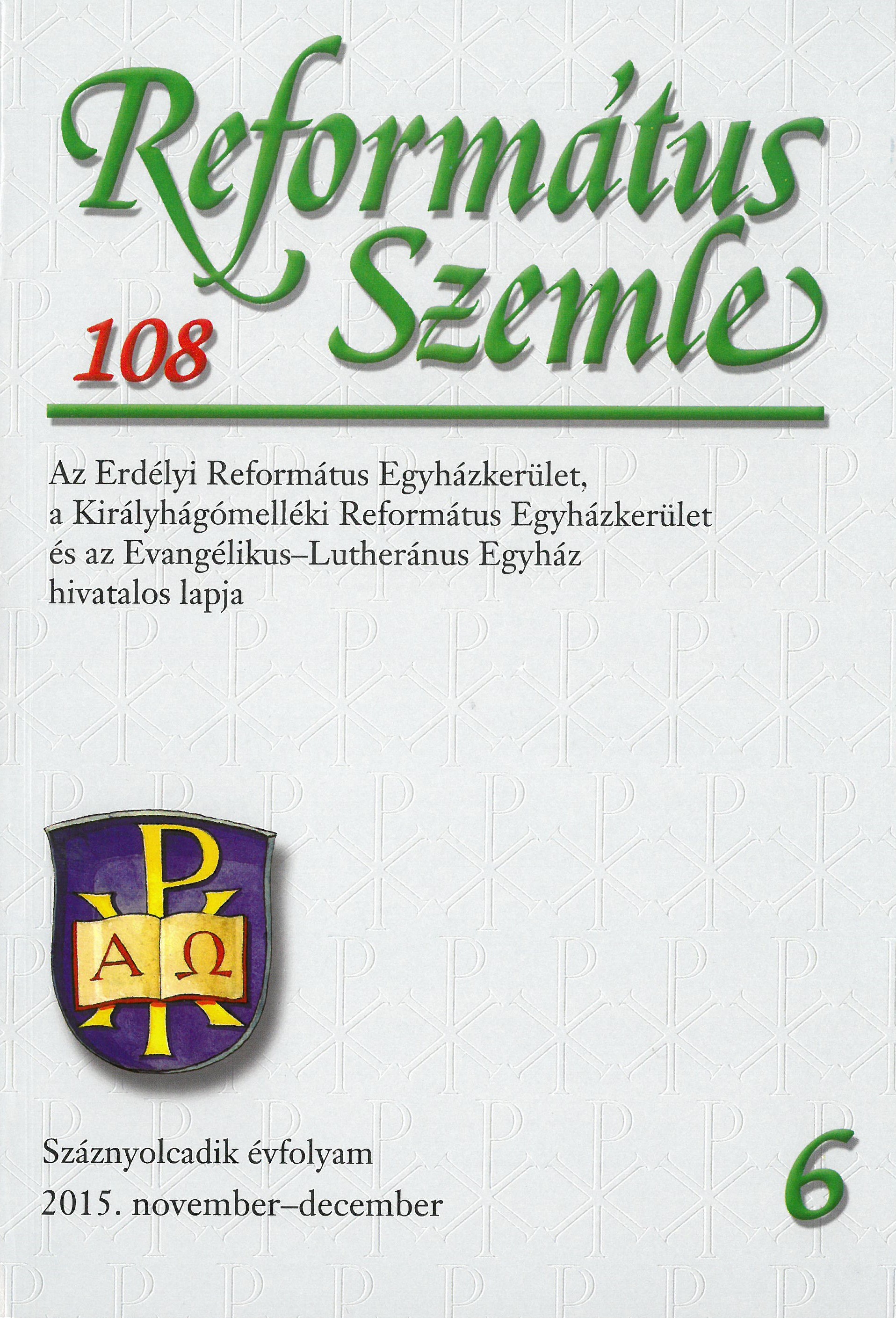A magától értetődő dolgok elmélete
“A Theory of Self-evident Matters”
Philosophical and Aesthetical Features in László Ravasz’ Practical Theological Thinking
Author(s): Árpád KulcsárSubject(s): Theology and Religion
Published by: Erdélyi Református Egyházkerület
Keywords: László Ravasz; philosophy; aesthetics; practical theology
Summary/Abstract: In 1907 László Ravasz (1882—1975) came to lecture in practical theology at the Hungarian Reformed Theological University in Kolozsvár. Being only 25 years old, he felt the need forfresh theological thinking in this domain. As a student of both philosophy and theology, he developed his skills in both directions. His mentor in philosophy was Károly Höhnt, who enormously influenced his thinking from the mo-Kantian philosophical perspective. In 1906 Ravasz wrote a PhD thesis about Schopenhauer’s aesthetics. A year later he drafted his Introduction to practical theology, Fis habilitation thesis. This work exposes the influence of neo-Kantianism, transforming the philosophical thesis into a so called value-theology.In 1915 he published his main work, the Homiletics, which appears to be a useful handbook even according to today’s standards. In this study I analyse both the philosophical and aesthetical thinking of Ravasz, searching for answers to the following questions: To what extent did neo-Kantianism influence his practical theological theory? Why did he consider aesthetical values so important for practical theology? I attempt to demonstrate that his practical theology is rooted inneo-Kantian philosophy and aesthetics. This study aims to commemorate the centenary of Homiletics, as well as the 40th anniversary of Ravasz’ death.
Journal: Református Szemle
- Issue Year: 108/2015
- Issue No: 6
- Page Range: 603-687
- Page Count: 85
- Language: Hungarian

